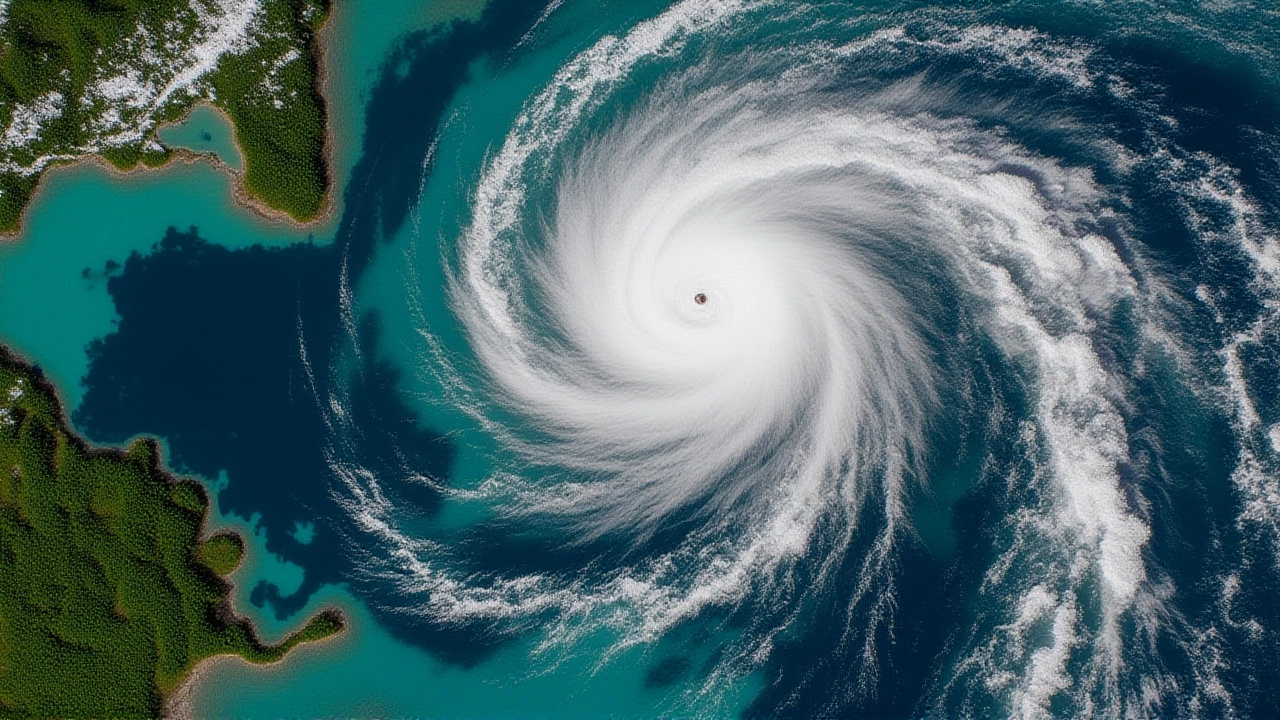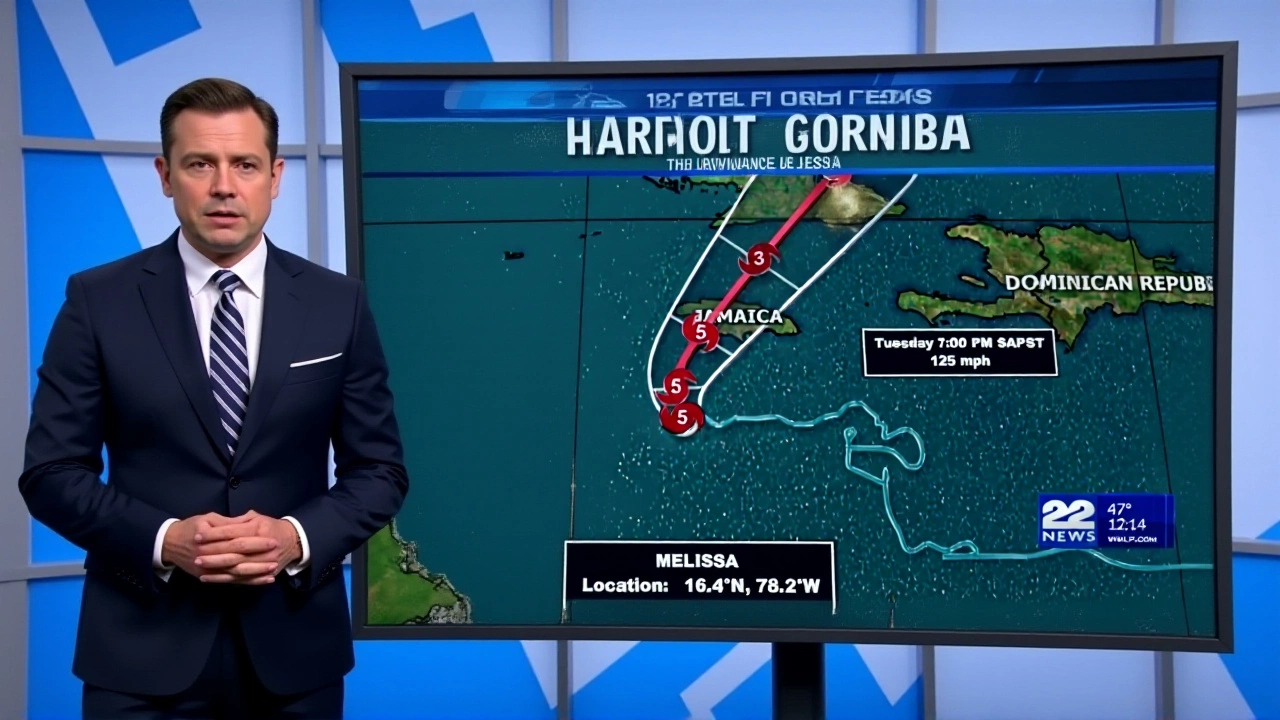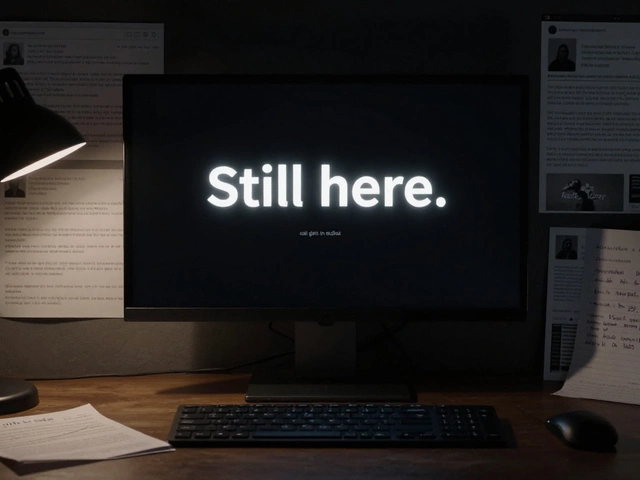Just hours from landfall, Hurricane Melissa is barreling toward Jamaica as a catastrophic Category 5 storm, with sustained winds of exactly 175 miles per hour — the kind of fury that doesn’t just knock down trees, it erases buildings. The storm, intensified by unusually warm Caribbean waters, is expected to slam into the island overnight, bringing with it a storm surge that could reach 20 feet in some coastal zones. MyRadar meteorologist Matthew Cappucci, who flew into Melissa’s eye last night aboard a NOAA hurricane hunter plane, put it bluntly: "When the National Hurricane Center starts saying 'total structural failure,' you don’t pack a bag. You pray." The Hurricane Melissa disaster didn’t begin with Jamaica. Before it turned toward the island, its outer bands had already drenched Haiti and the Dominican Republic, triggering deadly landslides and flash floods. Three people died in Haiti, one in the Dominican Republic. The death toll is a grim preview of what’s coming. Now, Jamaica is bracing. All national airports have been shut. Mandatory evacuations are underway in every parish. Over 800 emergency shelters — schools, community centers, churches — have been opened, and the Red Cross says they’re already at 60% capacity.
"Total Structural Failure": Why the National Hurricane Center Broke Its Silence
The National Hurricane Center doesn’t use dramatic language. Ever. Their bulletins are clinical: "winds," "pressure," "track." But when they say "total structural failure," it’s like a doctor whispering, "This isn’t treatable." Cappucci, who’s tracked over 40 hurricanes in his career, said he’s never heard them use those words for a storm this far out. "It’s not about the wind speed alone," he explained during the broadcast. "It’s the duration. Melissa’s going to sit over Jamaica for 12 to 15 hours. That’s not a gust. That’s a sledgehammer held against your house for an entire afternoon." The Hurricane Melissa is the third Cat. 5 Atlantic storm of the 2024 season — tying the record set in 2020. But what makes this one different is its slow movement. Most Cat. 5 storms zip through. Melissa is a slow-moving monster, which means more rain, more flooding, more time for wind to tear apart roofs, walls, and power grids.The Human Toll: Evacuations, Shelters, and the Silence Before the Storm
In Kingston, 17-year-old Leticia Morales told reporters she’s been sleeping in her mother’s car since Tuesday. "We don’t trust the walls," she said. "The last time a storm came this close, the roof came off our school. We lost everything." The government has deployed 1,200 military personnel to assist with evacuations. Hospitals are running on backup generators. Water tanks are being filled. But in rural areas — where roads are narrow and bridges are old — getting people out is a race against time. Cappucci’s firsthand observations from inside the eye were chilling. "The pressure dropped to 920 millibars," he said. "That’s lower than Dorian. Lower than Maria. The clouds were spinning like a blender. And the silence in the eye? It’s not peaceful. It’s the silence before the explosion."What Comes After Jamaica: The Domino Effect Toward Cuba
After landfall, Hurricane Melissa is projected to move northwest toward Cuba on Wednesday. Even if it weakens slightly, the storm will still carry Cat. 3 or 4 strength. Cuba has already begun preparing its southern provinces. The Cuban Meteorological Institute issued its highest alert level — "Red" — for the provinces of Santiago de Cuba and Guantánamo. This isn’t just a Caribbean problem. The storm’s path could disrupt shipping lanes from Miami to Panama. Fuel prices in the U.S. Southeast may spike if ports in Florida are forced to shut down. Insurance companies are already bracing for claims that could exceed $5 billion — more than any storm since Ian in 2022.
The Unspoken Question: Why Are We Still This Unprepared?
Jamaica’s 800 shelters sound like a lot — until you realize the island has 2.8 million people. That’s one shelter for every 3,500 residents. Many shelters lack clean water, medical staff, or backup power. In 2022, when Hurricane Beryl hit the same region, shelters ran out of diapers and insulin. Nothing’s changed. Cappucci didn’t mince words: "We’ve got satellites that can track a hurricane to the meter. We’ve got models that predict landfall within hours. But we still don’t have the infrastructure to protect the people in its path. That’s not a weather problem. That’s a failure of policy." The storm may be natural. The damage? That’s human-made.What’s Next?
The next 24 hours will determine whether Hurricane Melissa becomes a historic disaster or merely a devastating one. The National Hurricane Center will issue hourly updates. Jamaica’s Prime Minister is expected to address the nation at 8 p.m. local time. Relief flights from the U.S. and Canada are being readied. But for now, the island waits. The wind is rising. The rain is falling. And somewhere, a mother is holding her child, whispering a prayer — not for the storm to pass, but for the walls to hold.Frequently Asked Questions
How does Hurricane Melissa compare to past storms in the Caribbean?
Hurricane Melissa’s 175 mph winds place it among the top 10 strongest Atlantic hurricanes on record. It matches the intensity of 2017’s Irma and exceeds 2005’s Katrina. Unlike Katrina, which weakened before hitting New Orleans, Melissa is expected to maintain Cat. 5 strength over land — a rare and deadly scenario last seen with Hurricane Dorian in the Bahamas in 2019.
Why is the National Hurricane Center’s "total structural failure" warning so alarming?
The National Hurricane Center has used "total structural failure" in only three advisories since 1988 — all for storms that caused catastrophic damage in the U.S. Virgin Islands and Puerto Rico. This language signals that even well-built homes, designed to Code 6 standards, are unlikely to survive. It’s not hyperbole; it’s a technical assessment based on wind load modeling and building vulnerability data.
What role did Matthew Cappucci play in validating the storm’s severity?
As a senior meteorologist with MyRadar and a veteran hurricane hunter, Cappucci flew directly into Melissa’s eye, recording wind speeds of 182 mph at 10,000 feet and a pressure reading of 920 millibars — one of the lowest ever recorded in a Caribbean hurricane. His data, transmitted in real time to the National Hurricane Center, helped confirm the storm’s peak intensity and slow movement — critical factors in the emergency response.
How are emergency shelters in Jamaica being equipped to handle this crisis?
While 800 shelters have been opened, many lack adequate sanitation, medical supplies, or power. The Jamaican government reports that only 120 shelters have backup generators, and fewer than half have clean water reserves for more than 48 hours. International aid groups are rushing in, but logistics are hampered by damaged roads and airport closures. The Red Cross warns that without rapid intervention, disease outbreaks could follow the storm.
What impact will Hurricane Melissa have on the U.S. mainland?
Direct landfall in the U.S. is unlikely, but the storm’s outer bands may bring heavy rain and high surf to Florida’s east coast by Friday. More significantly, fuel prices could rise as ports in Miami and Jacksonville prepare for closures. The U.S. Energy Information Administration estimates a potential 10–15% spike in gasoline prices if supply chains are disrupted for more than 72 hours.
Is climate change making storms like Melissa more likely?
Yes. Studies from NOAA and the IPCC show that the frequency of Category 4 and 5 hurricanes has increased by about 25% since the 1980s, directly correlated with rising sea surface temperatures. Melissa formed over waters 2.7°C above the 30-year average — a condition now 15 times more likely due to human-caused warming. Scientists warn that storms like this will become the new normal unless global emissions are drastically reduced.


